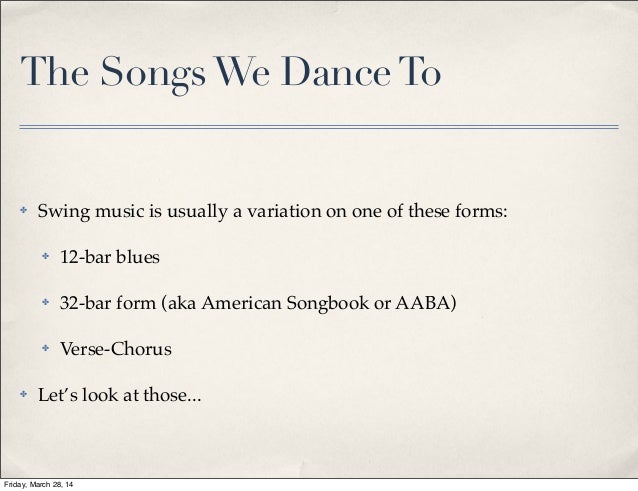
When we think of dance, we often picture graceful movements, precision, and fluidity. Rhythm and tempo play a significant role in musicality, and they can influence the mood, style, and execution of a dance routine. At the heart of all great dance performances is musicality, which is the ability to interpret music and connect it to movement. Musicality in Motion: How Rhythm and Tempo Affect Dance Performanceĭancing is an art form that has been around for centuries, and it continues to evolve as dancers push the boundaries of what is possible. Breathe Life Into Your Ballet Performance | Dance Advantage.

This clip is a successful example of how effective a piece can look when we use expression and communication in our dance pieces, not only with the audience but with other dancers and ourselves when working in a group environment. (( )Throughout the duration of the entire clip, the dancers are continually expressing their happiness and joy, and providing communication with the audience through multiple gestures and open, inviting body language. Expression comes from within, and is measured in your passion rather than how high you may be able to kick.So long as you emphasize your movements and show emotion, your dancing will become expressive.Īn example of a highly expressive dance piece is provided in the clip linked below, a hip-hop dance by Paris Gobel and the Royal Family. You don’t have to be the most technically advanced and skilled dance, to be an expressive dancer.

Simple extensions such as using big facial expressions will immediately catch the attention of the audience and will help communicate your piece. The dancers and choreographers need to incorporate movements that specifically engage the audience, such as focal point adjusted to eye level or gestures that reach out for interaction. It is suggesting that expression is the most important part of a dance piece, as it is what sets the mood and brings in the audience. Without verbally explaining, our movements can explain exactly how we are thinking when done correctly. This is discussing the fact that, dance is as a whole a form of expression. “I see dance being used as communication between body and soul, to express what is too deep to find for words.” Ruth St. The bend in the legs and lean over, is symbolic of falling and can be interpreted as a very desperate gesture. The women uses her head, thrown back, to emphasis struggle, and her hands extended, with floppy wrists provide a sombre, sad mood. The image below at the bottom of the page is a perfect example of expression in dance. Without them, the audience is left questioning the intentions of the piece, and can become very dull. web article 2014) Communication and Expression when used in conjunction ultimately make or break a dance routine. This includes keeping your energy levels high and exaggerating, and de-emphasising certain movements as per the choreography demands. The connection includes both the one you create with your audience, and the one you have to your movements as an individual.

Web article 2014.) Communication is similar to expression however less emotion based and obtains a larger focus on technique. Expression is all about conveying a message ideally creating a piece so emotive that the audience will understand what you are doing perfectly, without needing reference to anything.

Expression is much more complex than putting on a cheesy grin, it is about maintaining musicality, embodying and gaining influence from the movements and the music, combining them to project and emphasis our subject or particular mood, so that the audience is captured, and gains an understanding of what the piece is about. Expression in dance, is a term used to refer to the way we demonstrate and convey our emotion or thought to our audience, via our movements and body language.


 0 kommentar(er)
0 kommentar(er)
